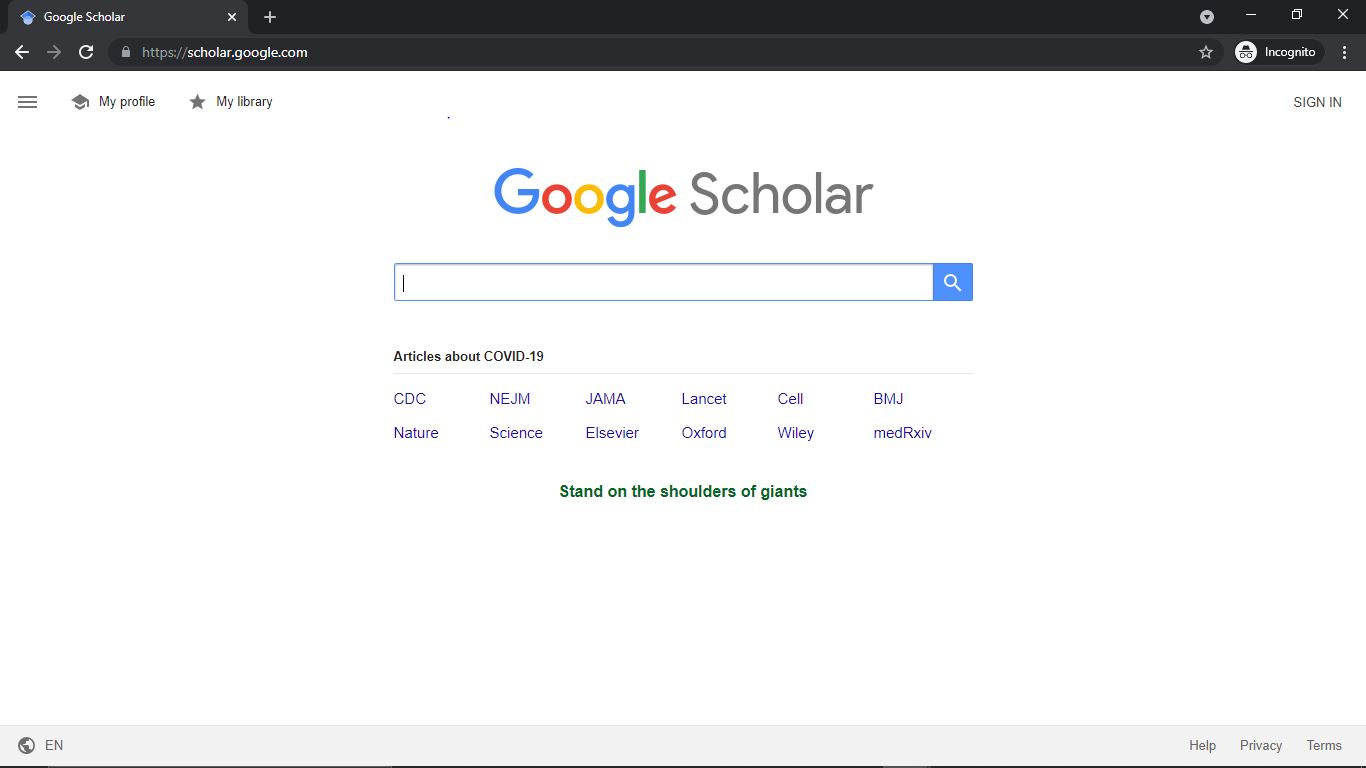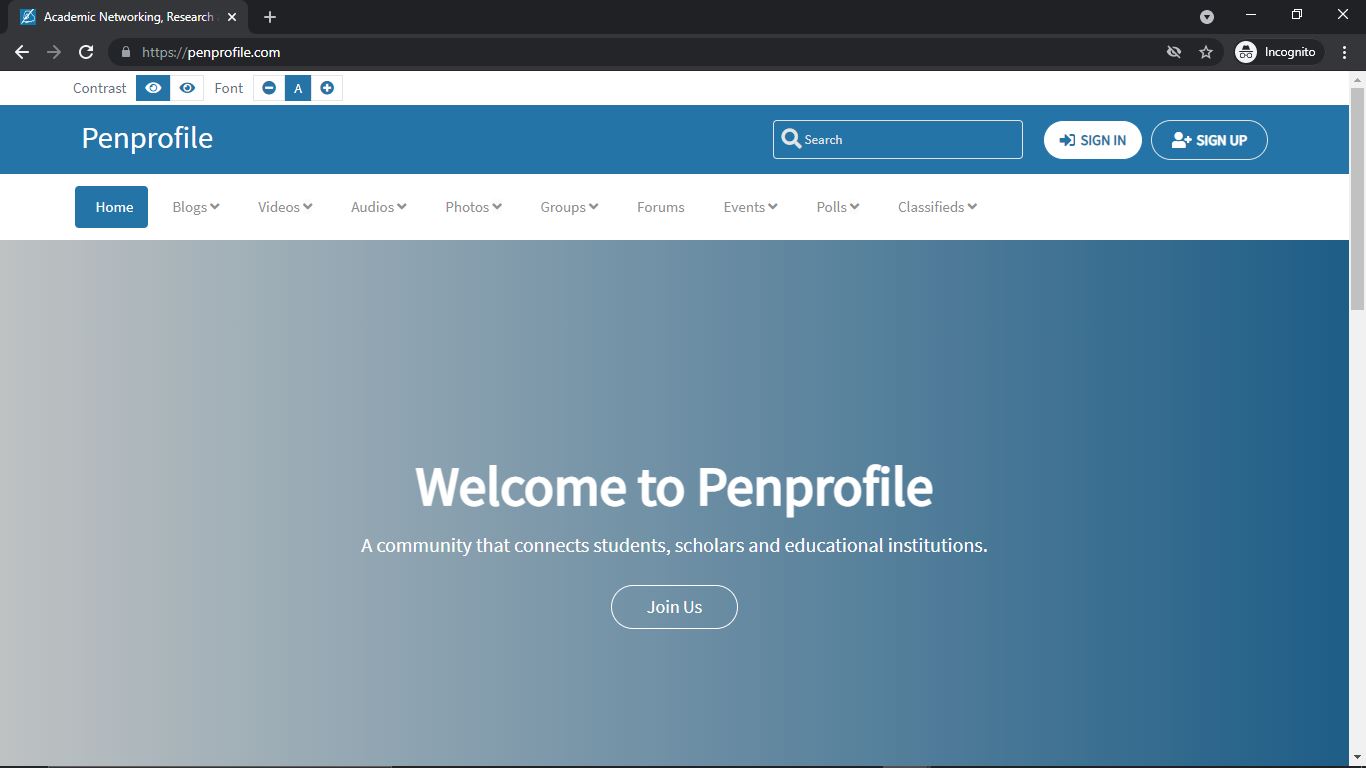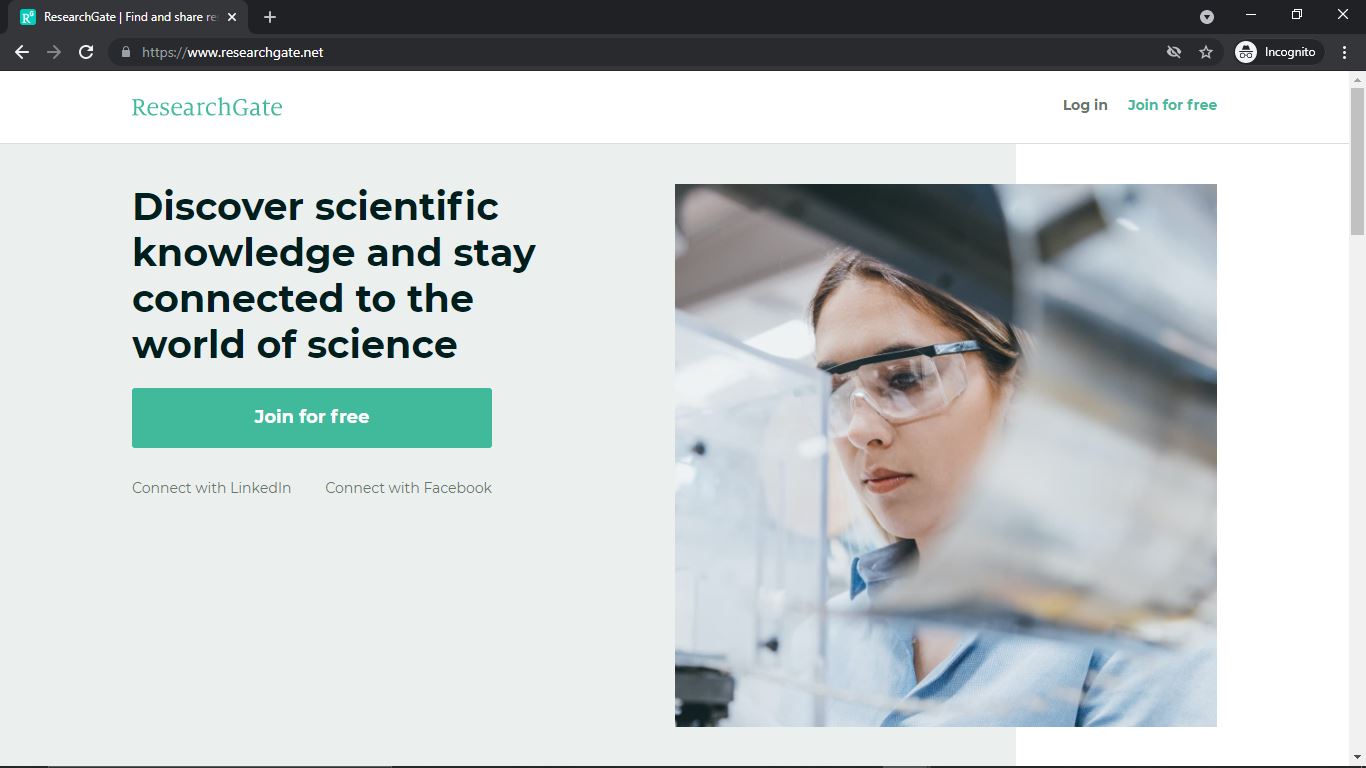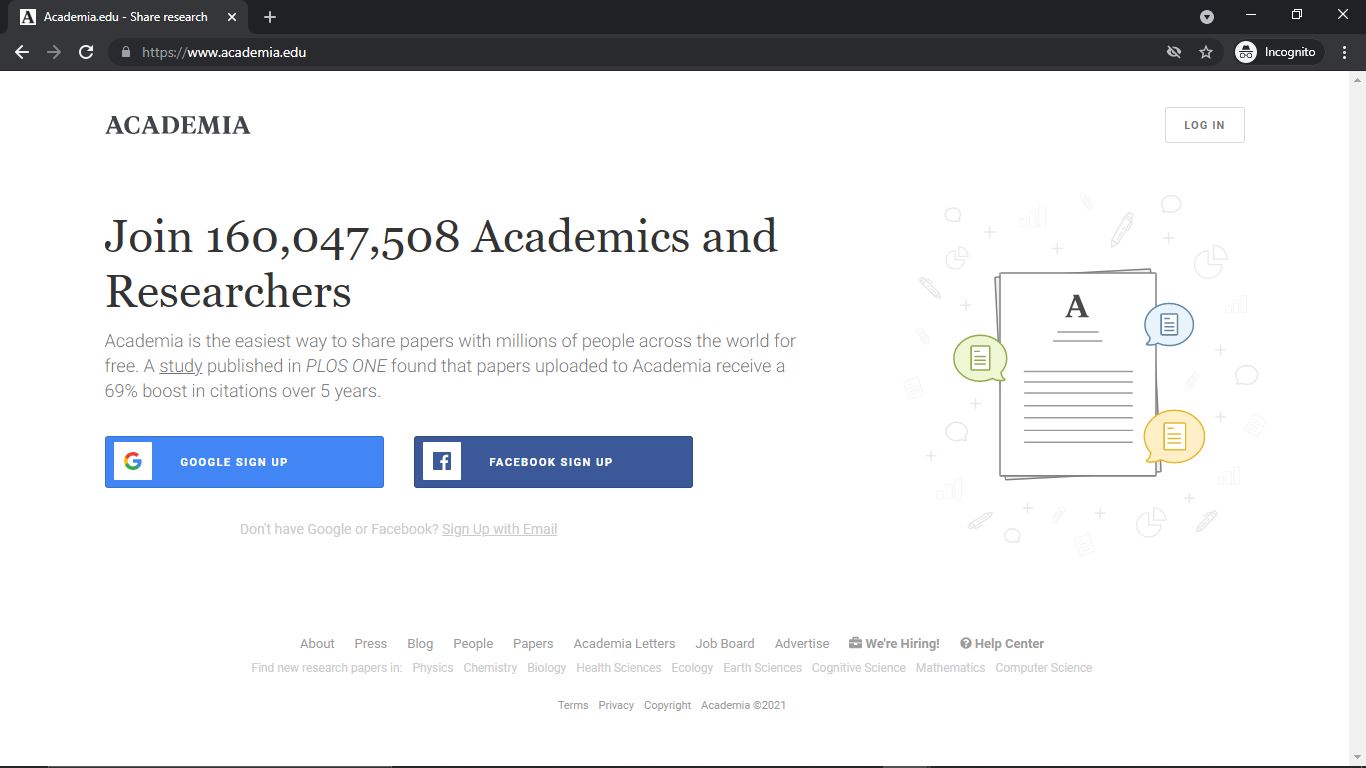Not only is there beneficial information like insights into several subjects and questions, to be acquired from social networking sites. It is essential to be engaged as an academic facility on several academic social media to generate more successful teaching-learning tactics and mold the mindset of the pupil.
Academic websites have become quite widespread among scholars. Educational Social networks are now available. These services enable the upgrade and professional exchanges of educational publications, papers, and references to established materials.
 Social Media" class="wp-image-5242" width="603" height="288" />
Social Media" class="wp-image-5242" width="603" height="288" />Why is Academic Social Media Necessary?
Educators can increase technology skills and the engagement of children in academics through academic social media. It also offers a good spirit of cooperation while improving conversational skills with kids in the school.
Impacts of Academic Social Media on Students
Negative Impacts
- Social media in general has been an important form of distraction that leads to a decrease in kids' academic achievement, particularly those learning via Facebook and Twitter.
- Children have great difficulty communicating in person and lose abilities since they invest too much time conversing concealed behind the screens.
- The due notion that we've all been used to instant exposure to data about social media impacts our attention span. It also affects our readiness to engage in researching and seeking useful information.
- Attributed to the reason that most information on the internet is not appropriate, meticulousness, attention to vocabulary, and language have severely dropped.

Positive Impacts
- Pupils who may not consistently miss lectures may think that via social media they could voice their ideas. While not entirely substituting for class attendance, it can contribute to building students’ self-confidence and to encouraging students' engagement, and making their voices heard.
- Children can inquire if someone is ready to assist through a digital note. Students can even ask the professor a particular question on a board that other pupils could see. This gives the entire class exposure to the professor's input.
- Social networking sites allow kids to reach out to each other conveniently concerning homework assignments, group projects, or study support.
- When the kid wants an educator who can use social networking sites, such as Twitter, to steer pupils into a certain educational tool. If the professor intends to access a certain page, they simply tweet the webpage and the whole classroom can access this with a single click.
Few Examples of Academic Social Media
Google Scholar
Google Scholar is a Google product that searches for academic materials. It permits users to look for material from publications, professional associations, institution storages, organizational archives, as well as other academic websites throughout a vast variety of academic content. Users can keep their publications in Scholar Library and transfer their quotes upon developing a learning account.

Google Scholar offers a quotes function that gives publishers an easy method to monitor quotations for their papers. It even has Metrics that offer writers a simple approach to rapidly evaluate the exposure and impact of previous articles in scientific literature.
Penprofile
Penprofile is a networking platform in academics that encourages worldwide contact between academics, learners, and government establishments to create a huge spread of intellectual progress and growth. It is available to anyone and offers a range of helpful social and productivity tools.

Penprofile combines innovative social connections also with an exchange of useful information and the advancement of human assets It offers well-integrated functions and parts such as organizational and personal profile building, a distinct paper/blogging system, setting up groups, study evaluations and scholarly reports such as employment offers authoring openings, appeal for articles, meetings and much more.
ResearchGate
Ijad Madisch, Horst Fickenscher and SörenHofmayer established ResearchGate in 2008. It's an academic social network that shares information with scholars by adding academic journals, conference proceedings, brochures, and information.

It also adds and codes to an accessible database. ResearchGate offers also an analytical function that allows individuals to additionally get analytical data in their work. Hence, along with the frequency of reading and citations of published articles on ResearchGate by several other people, it becomes easier to share data.
Academia.edu
Academia.edu is a social platform committed to academics created in the year 2008 by Richard Price. This service provides the learners with the opportunity to build profile pages, following and trading messages, post reports, getting comments.

It also allows them to analyze the involvement/influence of publications by means of statistics. Clients of Academia.edu can link via their significant contacts function to their peers of other social media platforms. There also seems to be a notification tool, which notifies users via e-mail whenever a scholar uploads an article.
LinkedIn is a social site in which people and organizations interact to promote contractual relationships. It also promotes the potential for jobs, skills learning, sharing of data, etc.

It is a feasible medium for academics even though it covers many occupations. The website www.linkedin.com and the phone app were launched in the year 2002.
Conclusion
Having supporting social links is highly crucial in all social activities/professions. It allows the use of staffing assets and maximizing opportunities with individuals regarding their occupation, social position, ideology, etc. For example, it can enhance job prospects and acceptance by having appropriate contacts. Recently, individuals have been increasingly concerned about constructing and maintaining meaningful social/professional, intellectual, and other links.
